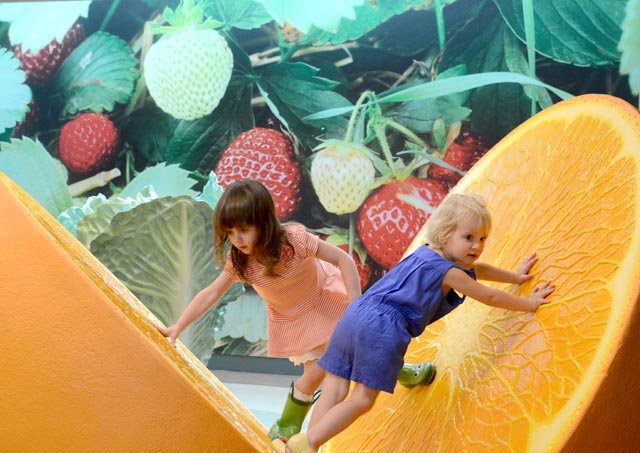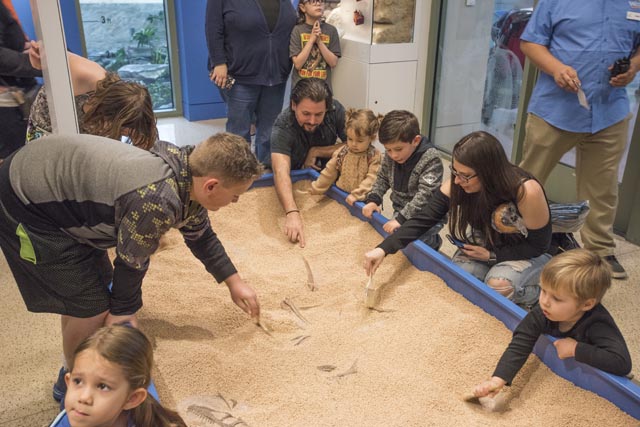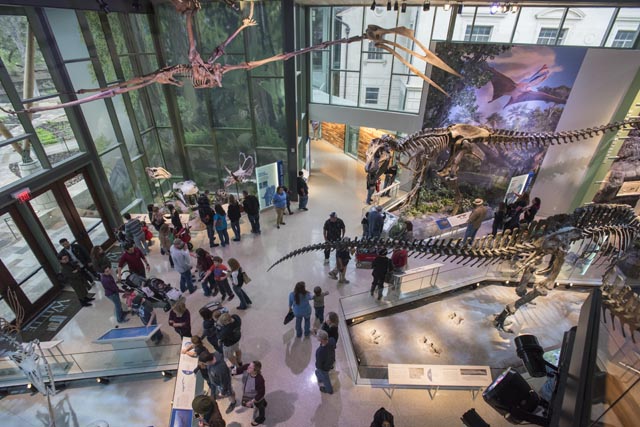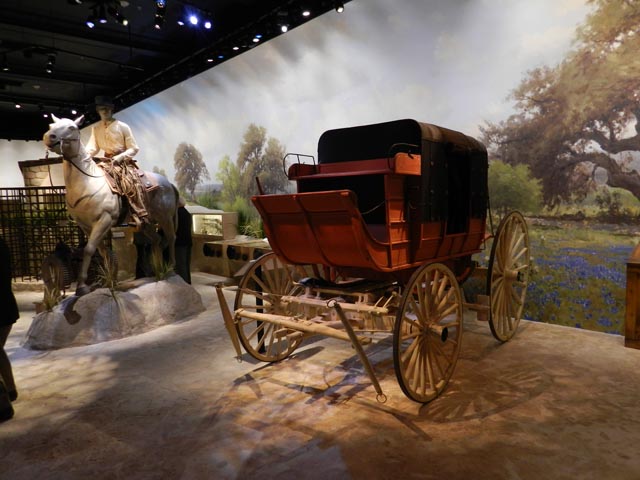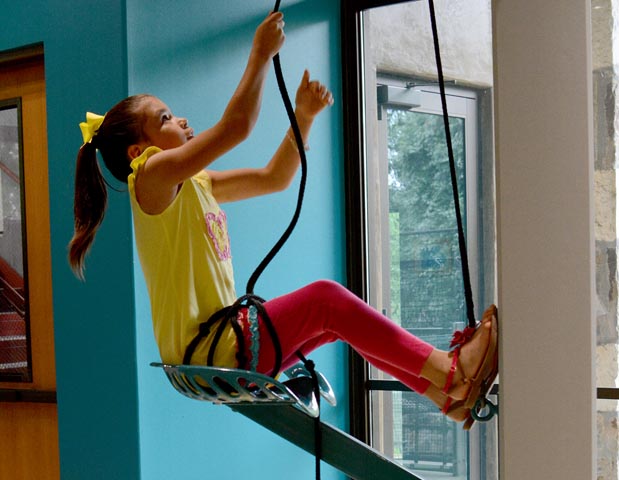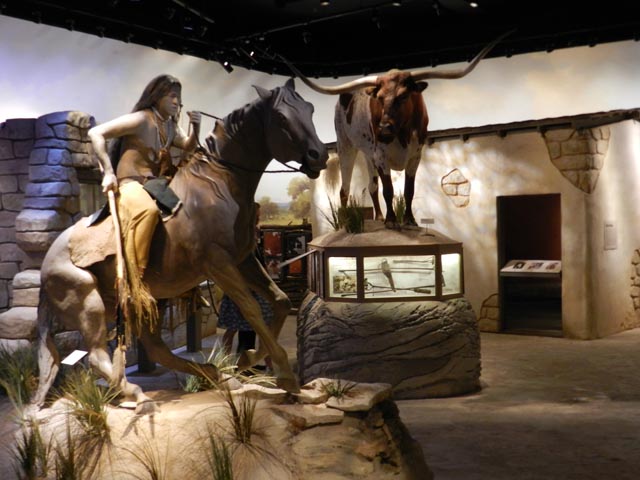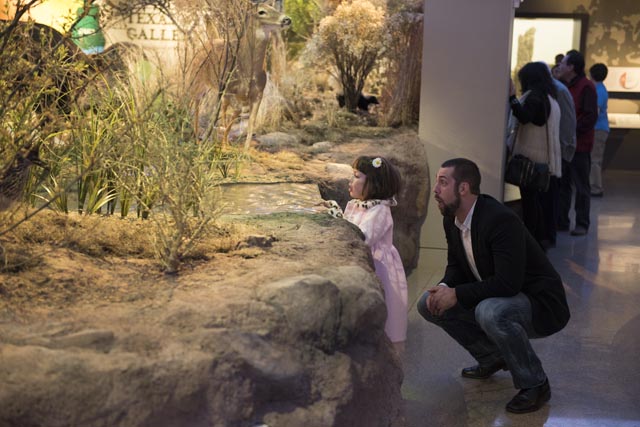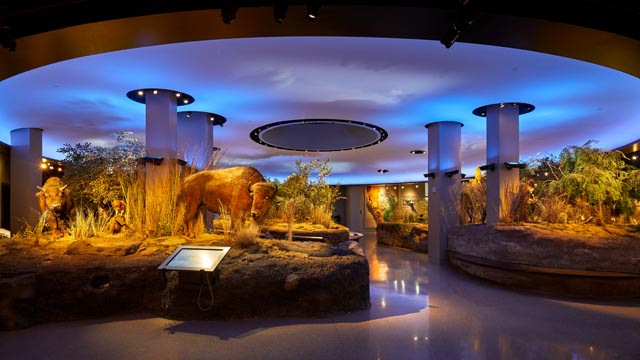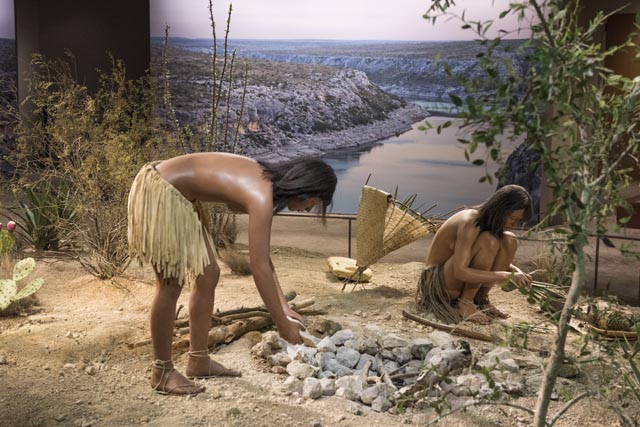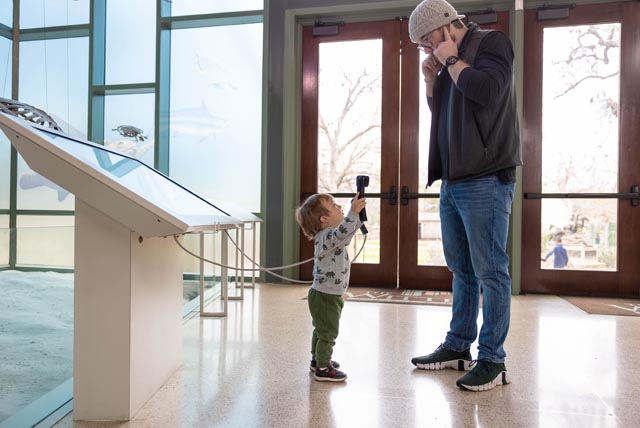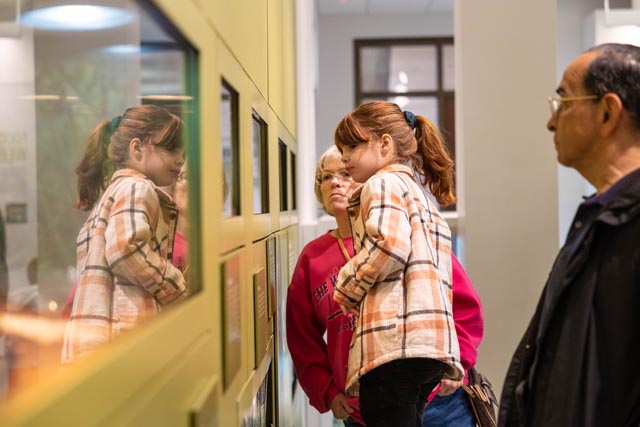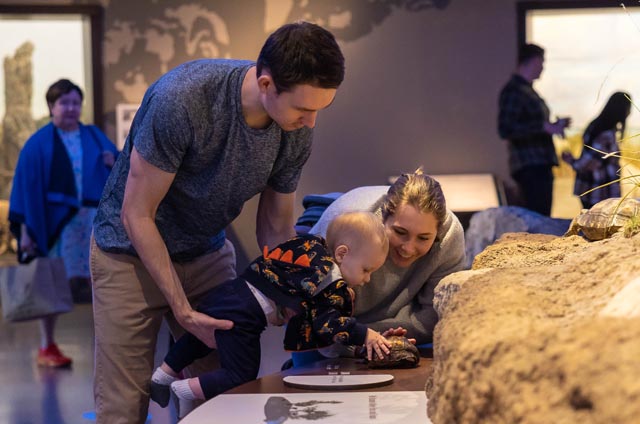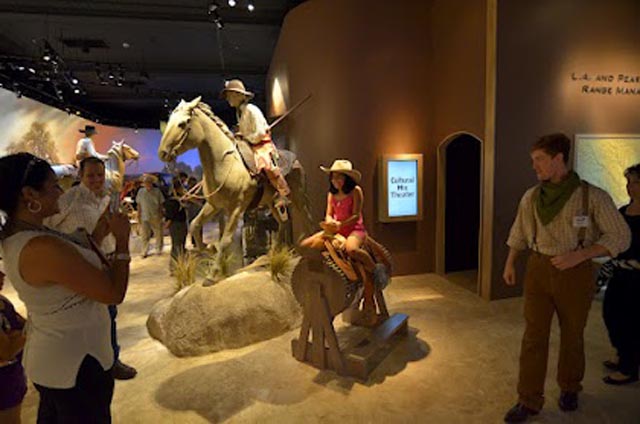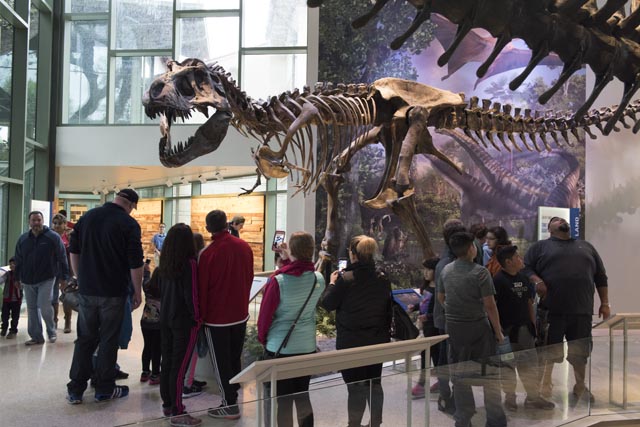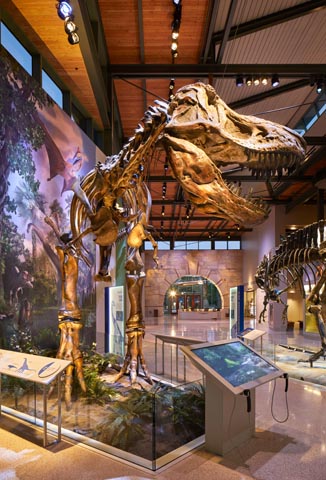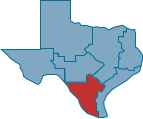
Witte Museum
10 words and phrases that every South Texan should know
- Acequia -- An acequia (pronounced ah-sek-ee-ah) is a community-operated waterway used in Spain and former Spanish colonies in the Americas for irrigation. An acequia can flow through a pipe or over an aqueduct, but most are simple open ditches with dirt banks. In San Antonio the acequias provided drinking water and carried water to distant fields for almost 200 years and some are still in use today.
- Freighter -- The long haul truckers of their day, freighters were independent entrepreneurs who transported goods between cities. They used small ox-drawn wagons called carretas to move goods over trails connecting major port cities and inland destinations such as San Antonio and Laredo. They faced many hazards, including weather, rugged land, attacks from Comanche and Apache raiders, and bandits. Tejano freighters formed a lifeline between San Antonio and the rest of Texas and Mexico, as well as the Southwest, from New Orleans to California. As the largest city along the western frontier for more than a century, San Antonio was an important hub for freighters. Freighters carried not only goods, but news from around the regions where they traveled. Freighting was the way furniture, fabric, pots, pans, farm tools and other necessities moved to and from South Texas from the 1700s through the late 1800s.
- Carreta -- A two-wheeled ox cart used by freighters to haul goods over the countryside. Carretas helped distribute goods between places such as New Orleans, Galveston, San Antonio, Laredo and beyond. While some of these carts were small, some of them had wheels up to six feet in diameter!
- Chili queens -- These were vendors who sold chili con carne, enchiladas, tamales, coffee, and hand-rolled corn husk cigarettes in city plazas. Chili queens were a constant presence in San Antonio, in places such as Military Plaza, from dusk to dawn. All types of people, from wealthy ranchers to laborers, ate breakfast and lunch in city plazas.
- Mud wagon -- A four-wheeled, all weather, horse-drawn carriage used to transport anything from mail to people around South Texas.

Mission San Jose - Tejano -- This term refers to Spanish and Mexican settlers in South Texas. They developed a Tejano culture different from the culture of Spain or Mexico. The open land provided ideal country for Tejanos to raise cattle, sheep, and goats, but was isolated from population centers. Tejano ranchers built large territories, with their own rules and ways of living.
- Vaquero -- A cowboy, often Mexican or Native American, who followed traditional Spanish ways of dress, horsemanship and animal care. Some South Texas vaqueros were Native Americans trained in Spanish missions around the San Antonio River to manage large herds of cattle, sheep and goats. Both vaqueros and cowboys wore hats with high crowns to keep the head cool and broad brims to shade the eyes and neck.
- Comanche -- This Native American tribe lived in the northern Rocky Mountains until they acquired Spanish horses in the late 1600s. From then on Comanche life changed radically as they were able to follow the great buffalo herds as hunters. Much of their wealth was measured in the size of their horse herds. They were the most powerful culture in Texas before 1870.
- Fandango -- A dance house. Fandango houses were popular with citizens and visitors not only for the dancing, but also for eating, drinking, and socializing. One of San Antonio's earliest fandangos, Madame Bustamante's, was located on Main Plaza just south of San Fernando Cathedral.

Ranch House with Cowboy and Deer - FM Roads -- Farm-to-Market roads were created to pave existing wagon trails for easy access in transporting farm and ranch goods to market. Begun in 1936, farm roads make up over half of the Texas highway system and have paved the way for South Texas farmers and ranchers to get their products to market. When former Governor Dolph Briscoe was a Texas legislator in 1949, he used the slogan “Get the farmer out of the mud,” to successfully sponsor the Colson-Briscoe Act that guaranteed permanent funding for new Farm to Market roads. There are more than 41,000 miles of these roads in Texas, the only state in the union to have Farm to Market roads.
Curators’ Top Picks
- Colonial spur

Portrait of Sam Houston - Menger Hotel register
- Colt Walker revolver
- Davy Crockett’s fiddle
- Samuel Maverick’s Cherokee coat
- Sam Houston’s Sash
- San Jacinto Battlefield Bowie knife
- Comanche headdress
- Colt model 1851 Navy revolver with ivory grips carved with eagle and snake
- 1850s Texas saddle
- J. Frank Dobie branding iron
- Vaquero and cowboy chaps and spurs
- Mud Wagon from the King Ranch
Witte Museum


 Cart
Cart